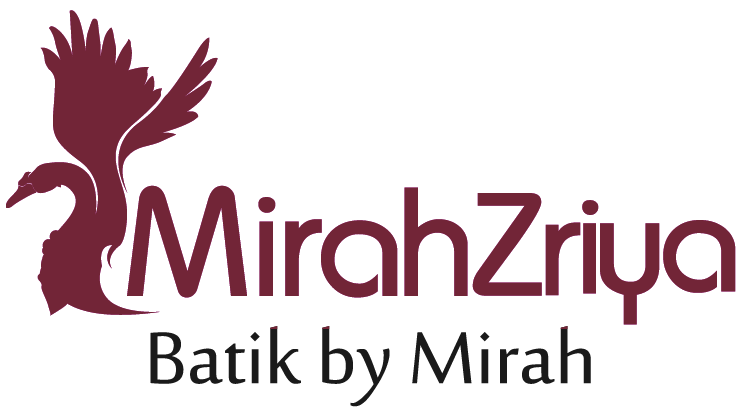PURI AGUNG KARANGASEM
When you think of Puri Agung Karangasem, you should not think of a museum, but the living quarters of the King, where daily offerings are placed on all auspicious places, at gates and thresholds, on guardian spirits and temples, and imagine, that the living quarters of the King, who died in 1966, did not start at his house, but at the front gate, and that the courtyard, the pond, the island pavilion, were all part of the King’s open living room.
You can see this in the old photos that adorn the walls of the palace, where European furniture and pots and desks and chairs are placed outside, sometimes in the courtyard itself, and you can see the King’s clever sense of bringing the landscape into the living room by using mirrors on the walls, and bringing the inside out into the garden in a living room without walls.
Today Puri Karangasem is still the center for the ceremonial life of the royal family of Karangasem, where each building serve a specific function: Gedong Eka Lange, the wedding house; Gedong Maskerdam, for wedding receptions and the monthly council of the royal family; Bale Pemandesan, the pavilion where tooth-filing ceremonies signifying the royal rite of passage to adulthood is held, Bale Pawedaan, where on special occasions the Buddha and Shiva priests officiates the rituals for the royal family of Karangasem; and the Balai Gili, the island pavilion, where the priests may take a rest and dine far elevated above all other mortals.
So indeed, Puri Agung Karangasem is still a living place, and the absence of people in these images just speaks of the wait before all guests arrive and all ceremonies begin.
|




